As warehouses, factories, and construction sites increasingly rely on automation, one question continues to surface: What robot component functions like a human hand to perform tasks such as material handling? The answer lies in the powerful and evolving technology of the robotic end effector, often referred to as the robot gripper.
These mechanical “hands” are transforming how industries approach efficiency, precision, and safety in environments where traditional material handling equipment once dominated. From lifting heavy slabs to precisely moving pharmaceutical products, robotic grippers are revolutionizing modern workflows.
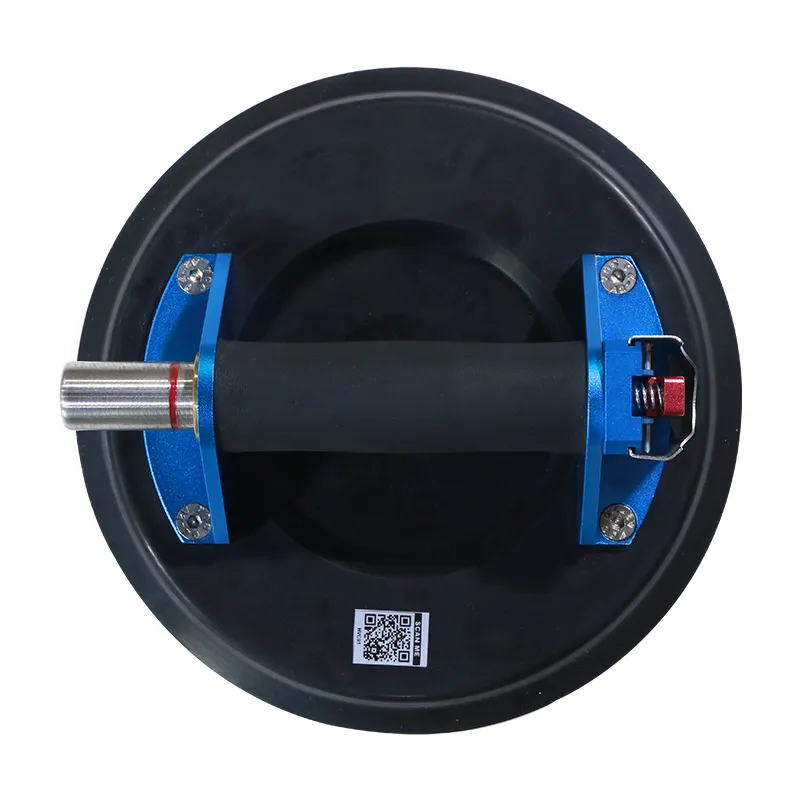
Table of Contents
ToggleWhat Is a Robotic End Effector?
The end effector is the component at the end of a robotic arm that interacts with the physical environment. In material handling, it functions much like a human hand, capable of:
- Gripping
- Lifting
- Placing
- Releasing
…with remarkable precision and consistency. Depending on the task, end effectors may be:
- Two-finger grippers
- Suction cup systems
- Magnetic lifters
- Custom adaptive grippers for bulk material handling systems
These components are a crucial part of automated material handling systems, enabling robots to mimic human dexterity while performing repetitive or hazardous tasks.
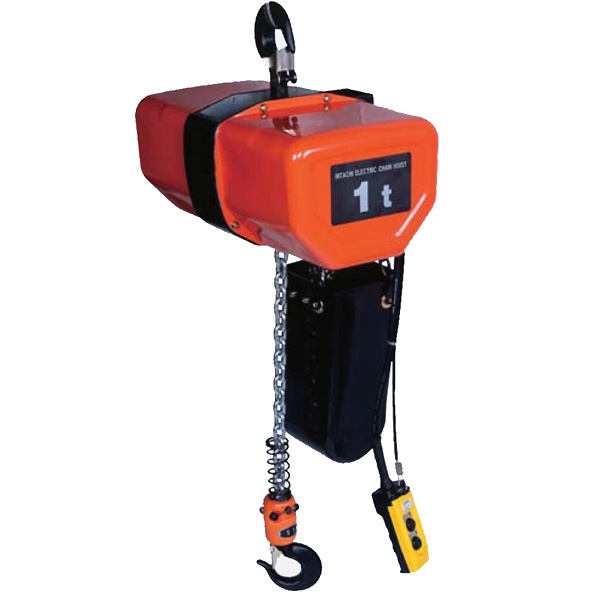
Why Are Robotic Grippers Important in Material Handling?
Material handling involves a wide range of tasks—moving pallets, loading products, picking fragile goods, and even handling irregular objects like a granite countertop.
In each case, grippers play a role in:
- Minimizing product damage
- Increasing throughput
- Reducing worker fatigue and injury
- Supporting consistent operations in 24/7 facilities
Robotic hands not only work faster but also adhere to material handling safety standards more reliably than human labor in many environments.
Types of Robotic End Effectors for Material Handling
1. Vacuum Grippers
These use suction to lift smooth, non-porous surfaces. They’re ideal for:
- Pharmaceutical material handling systems
- Glass sheets
- Polished stone slabs
2. Mechanical Grippers
Mechanical or finger grippers mimic the pinching motion of a hand. They’re common in:
- Material handling in logistics
- Material handling in food industry
- Delicate product assembly lines
3. Magnetic Grippers
Perfect for handling metal components in material handling for manufacturing, magnetic grippers offer secure lifting with fast release functions.
4. Custom End Effectors
Some tasks—like lifting textured slabs or uneven parts—require engineered solutions such as:
- Adaptive grippers
- Multi-joint robotic hands
- Clamping tools integrated with vision systems
For example, slab lifters used in construction could be adapted to robotic systems.
🔗 Aardwolf Slab Lifters
Where Robotic Hands Are Changing the Game
🏭 Industrial Material Handling Solutions
Grippers are now replacing manual labor across industries like:
- Automotive manufacturing
- Electronics
- Packaging
- Food processing
Each application benefits from consistency and lower human error.
🧱 Material Handling in Construction
Robotic systems equipped with jib cranes and smart end effectors can move and position heavy objects like pavers and granite slabs.
🔗 Paver Lifter AVPL40
🔗 Jib Cranes
🏬 Warehouse Material Handling Equipment
Gripper-equipped robots now assist in:
- Order fulfillment
- Goods sorting
- Shelf replenishment
- Inventory audits via sensors
Robots with grippers even collaborate with human teams to support safe manual material handling tools and improve throughput.
Benefits Over Traditional Human Handling
| Advantage | Human Hand | Robotic Gripper |
|---|---|---|
| Precision | Moderate | High, down to mm scale |
| Fatigue | High over time | None |
| Speed | Variable | Consistent and fast |
| Safety | Prone to injury | Meets safety protocols |
| Integration | Limited | Seamless with automated material handling systems |
Challenges and Limitations
Despite the advantages, robotic grippers aren’t perfect. Some of the main challenges include:
- Limited flexibility for highly irregular objects
- Cost for custom solutions
- Need for integration with existing material handling equipment manufacturers
However, these challenges are outweighed by long-term productivity, especially in sectors looking for low-cost material handling solutions for small businesses that scale with automation.
How Is Robotics Affecting the Material Handling Industry?
Robotics—including grippers—are reshaping workflows. By enabling end-to-end automation of warehouse, logistics, and production lines, businesses are reducing dependence on manual labor and increasing output.
🔗 How Is It Affecting the Material Handling Industry?
They also create opportunities for material handling training programs, as human workers shift from operators to supervisors and system technicians.
🔗 How Does Material Handling Impact the Human Labor Force?
Safety First: Working Alongside Robotic Hands
With collaborative robots (cobots) becoming more prevalent, workplace safety must evolve too:
- Ensure clear demarcation between human and robotic zones
- Train staff on emergency shutdown procedures
- Reinforce proper dress codes
🔗 Loose Clothing Is Best to Wear When Handling Material?
Final Thoughts
So, what robot component functions like a human hand to perform tasks such as material handling? The answer is the robotic end effector, particularly grippers—the unsung heroes of automation.
Whether you’re automating a pharma cleanroom, upgrading warehouse systems, or scaling a Countertop Fabricator workshop, robotic grippers are shaping the future of safe, scalable, and smart material handling.

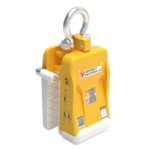
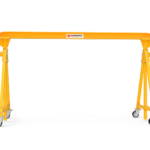
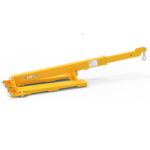
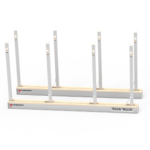
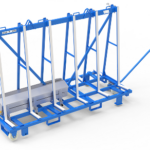
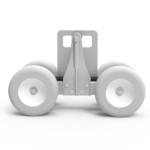
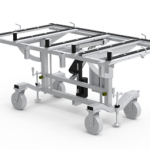
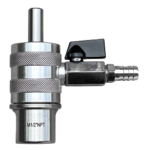
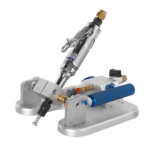
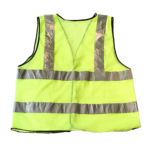

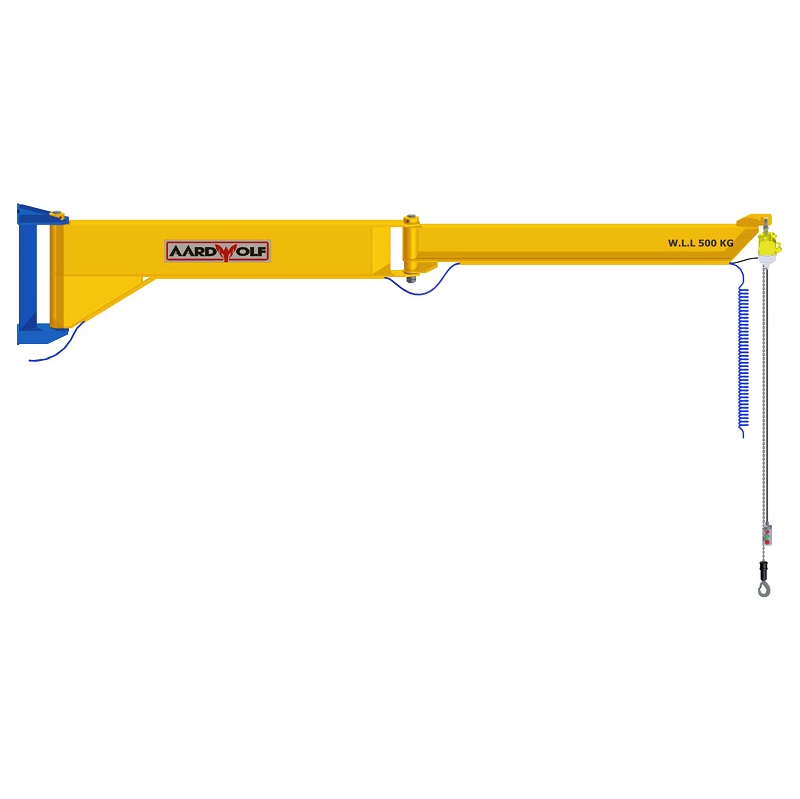
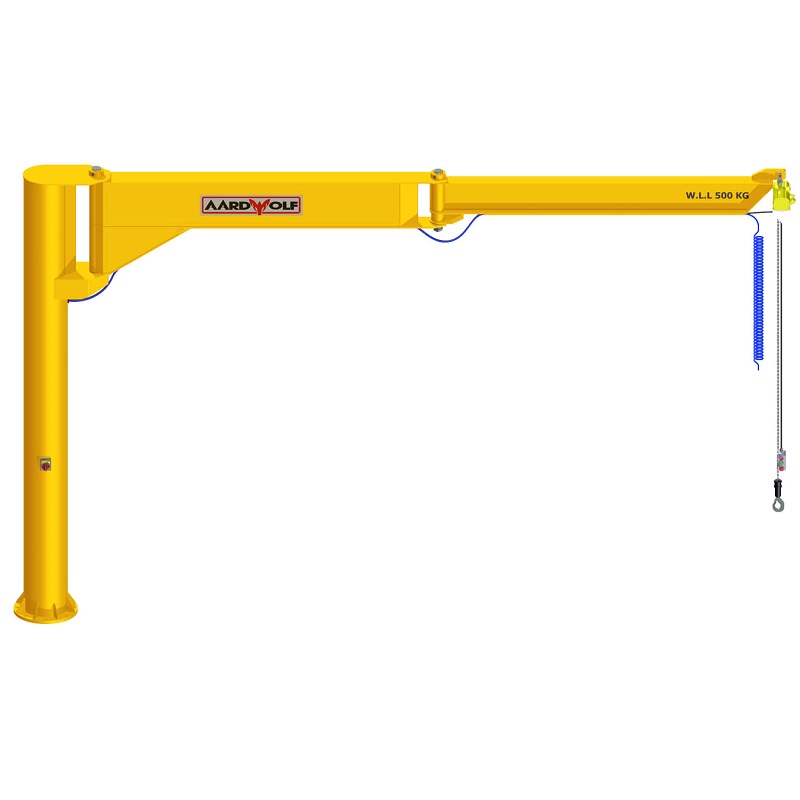
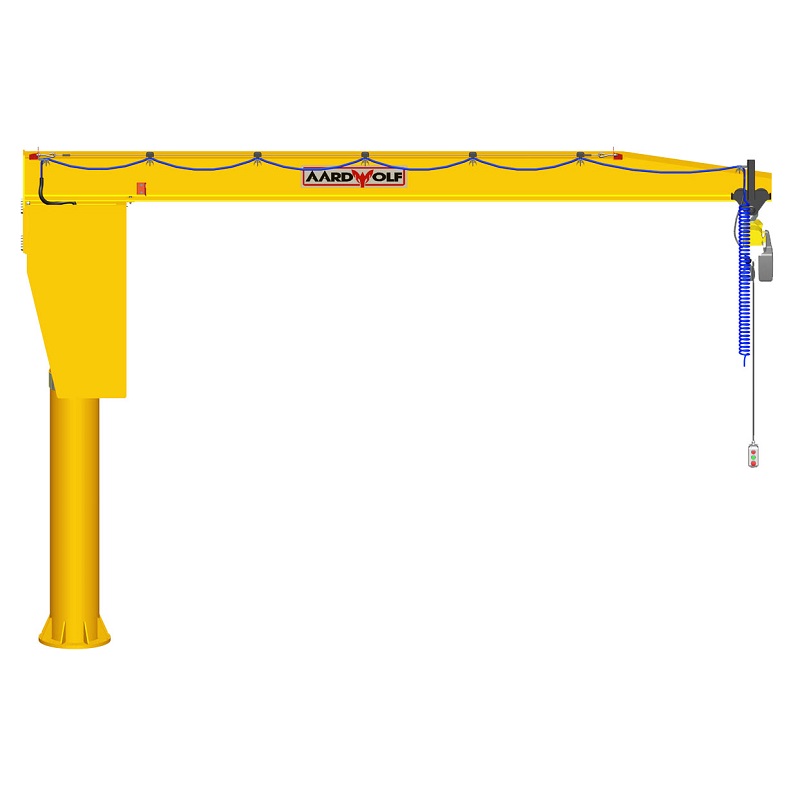
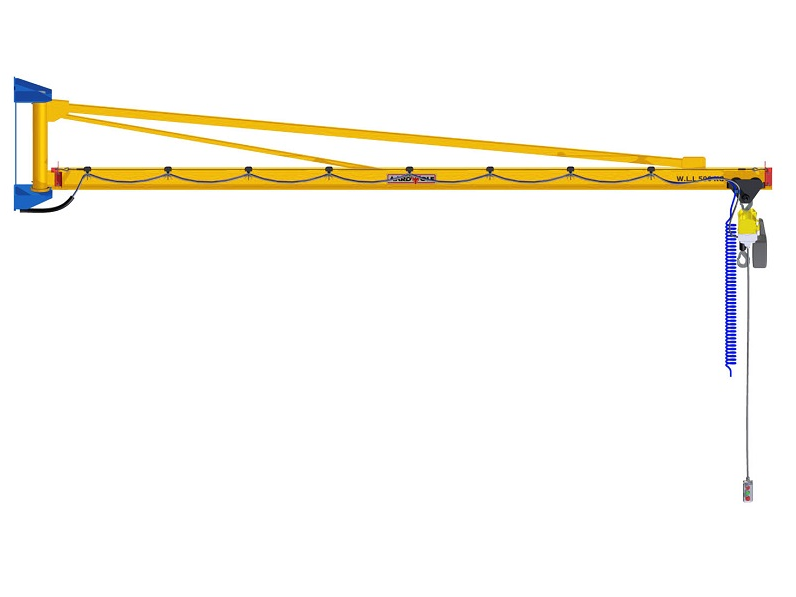

Please log in to leave a comment.